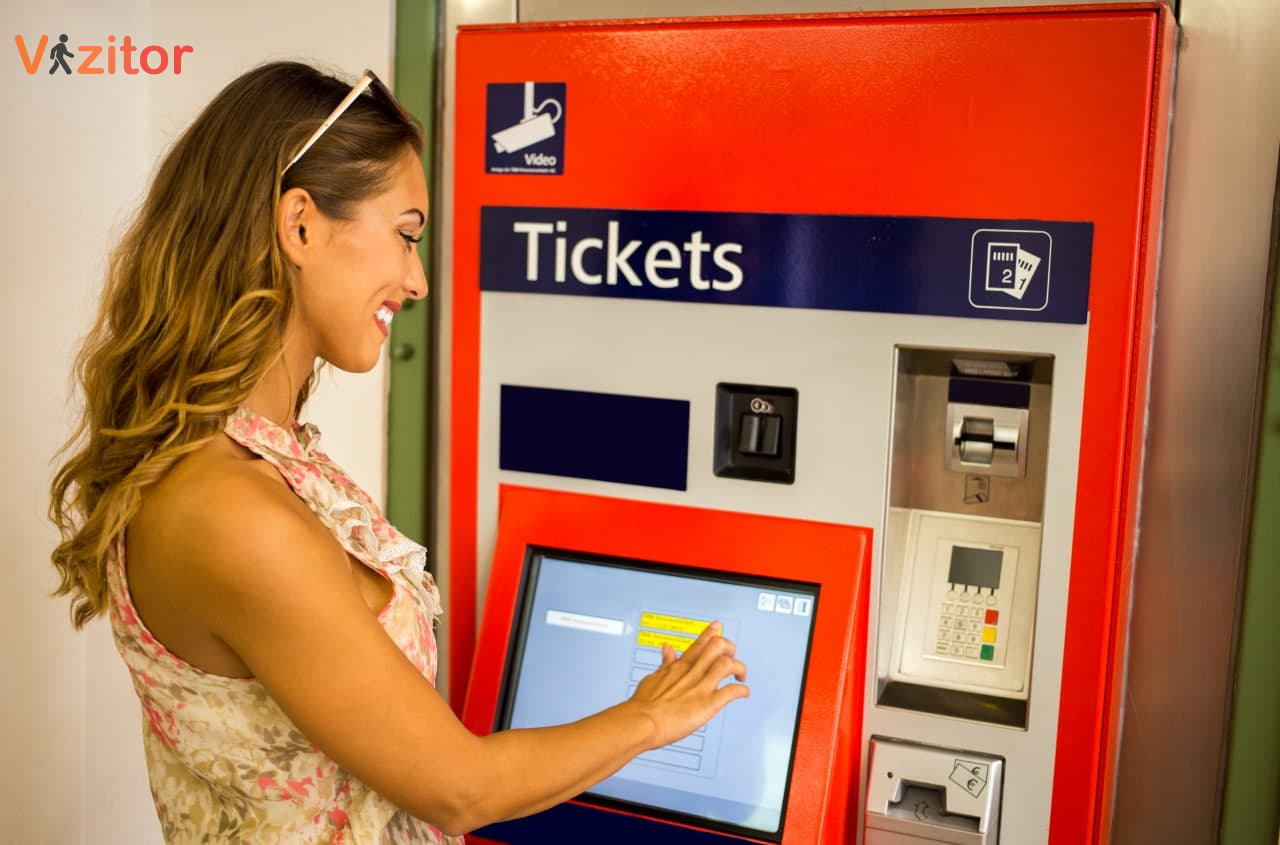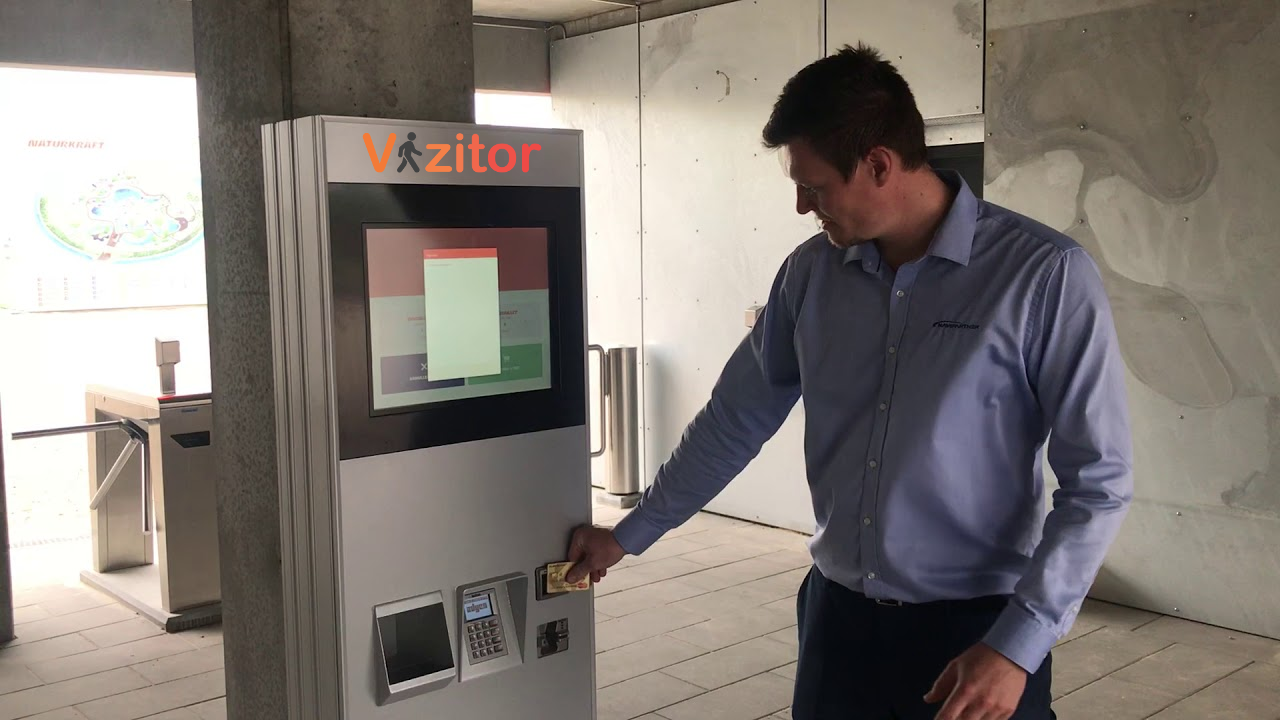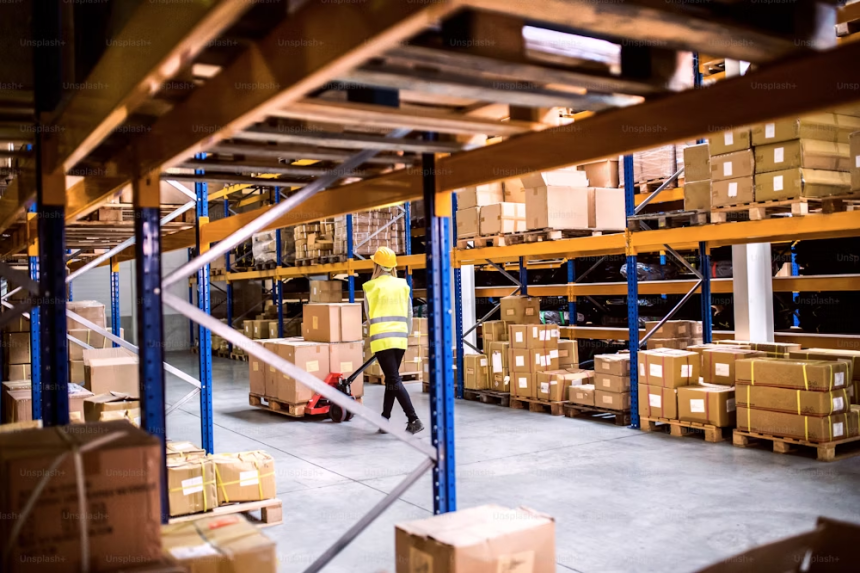Table of Content
Try Vizitor for Free!

Wed, Dec 18, 2024
Read in 8 minutes
Imagine you’re at a busy railway station with a long queue at the ticket counter. You’re running short on time and need a quick solution.
In moments like these, a self-service ticketing system—where you can quickly buy your ticket, choose your seat, and pay without waiting—feels like a lifesaver.
Businesses and organizations are constantly seeking new methods to enhance customer service and streamline operations.
One such innovative solution that has gained significant popularity in recent years is the Ticketing kiosk and it’s transforming how businesses and customers handle ticketing.
Studies show that 70% of customers prefer self-service kiosks over traditional counters because of their speed, ease of use, and convenience.
Ticketing kiosks are now a common sight at airports, event venues, and amusement parks, making long queues and manual errors a thing of the past.
Integrating ticket kiosk systems with queue management solutions can prove beneficial for businesses.
By enabling customers to self-serve at digital ticket kiosks, businesses can reduce the strain on staff, eliminate long queues, help manage queues by assigning tokens and enhance overall customer satisfaction.
In this guide, we’ll explore what ticketing kiosks are and how they work, where they are used, and why they are becoming a must-have for businesses worldwide.
What is a Ticketing Kiosk?
A ticketing kiosk is an automated, self-service machine that allows people to buy, print, or manage tickets without human assistance.
It simplifies ticketing processes and provides customers with a quick and contactless experience.
The ticket kiosk, also known as a self-service ticket machine are equipped with user-friendly touchscreens, payment options, and ticket printing capabilities, enabling customers to complete transactions independently.
Customers can walk up to a ticket kiosk, make their selections, pay, and either print a physical ticket or receive a digital version directly to their phone or email.
Here’s a quick look at how ticketing kiosks work:
User Interaction: Customers interact with the ticket kiosk via a touchscreen interface. The user selects the service the type of service they need.
Payment Options: The kiosk offers a range of payment options, including credit/debit cards, digital wallets, and contactless payments, allowing for quick and secure transactions.
Ticket Issued: Once the payment is confirmed, the digital ticket kiosk either prints a physical ticket or sends a digital copy directly to the customer’s phone or email.
The entire process is designed to be quick, simple, and efficient, reducing the time customers spend waiting in line.
Studies show that many cinemas have reported that over 60% of their ticket sales now happen through kiosks because customers prefer their simplicity and speed.
Where Are Ticketing Kiosks Commonly Used?
Transportation:
Airports, train stations, and bus terminals use kiosks for bookings, check-ins, and ticket management.
Self-service kiosks at airports have reduced check-in times by 30%, making the process faster and more efficient.
Indian Railways has installed thousands of ticket vending machines or ticket dispensers, helping millions of passengers save time daily.
Entertainment Venues:
Ticket kiosk systems in movie theaters and entertainment venues provide customers with an easy way to buy tickets, select seats, and make payments—all without waiting in long queues.
Events & Conferences:
From music concerts to trade shows, kiosks help with on-spot registrations and ticketing.
How Ticketing Kiosks Improve Queue Management
One of the most significant advantages of ticket kiosks is their role in queue management. Here’s how they help improve the customer flow at workplaces:
Reduce Waiting Times
One of the most important benefits of self- service ticketing kiosks is their ability to reduce waiting times.
By allowing customers to purchase tickets or make reservations without needing to interact with staff, ticket kiosk systems speed up the entire transaction process.
As a result, fewer customers are standing in line, leading to faster service and shorter wait times, especially during peak hours.
By using a ticket kiosk system, Vizitor’s Queue Management System (QMS) reduces wait times by enabling customers to quickly issue tickets and get real-time updates on their queue status.
Improved Customer Experience
No one likes standing in long queues. Self-serve ticket machines give customers control over their transactions, allowing them to purchase tickets independently and skip the waiting lines.
This leads to greater customer satisfaction and a more enjoyable experience.
Token Issuance for Better Flow
Many ticket kiosk systems like Vizitor QMS issue tokens or queue numbers, helping businesses manage crowds and organize service delivery efficiently.
Customers are then free to move away from crowded counters and wait comfortably in designated areas until their number is called. This system allows businesses to maintain an organized flow of people while avoiding overcrowding and reducing confusion.
Real-Time Queue Updates
Once a customer has purchased their ticket at the ticket kiosk, they receive real-time updates via SMS or notifications about their position in the queue. This could be through a screen at the venue or even through notifications on their phone.
Real-time tracking ensures that customers know exactly when it’s their turn, eliminating uncertainty and improving their overall experience.

Benefits of introducing Ticketing Kiosks at your Workplace
Speed and Convenience
Ticket kiosk systems allow customers to complete their transactions in minutes.
For example, at airports, travelers can quickly print their boarding passes and avoid long check-in counters, streamlining the entire process. This results in shorter lines and a faster experience for customers.
Contactless Service
In a post-pandemic world, safety is a priority. Ticketing kiosks offer a touch-free experience, ensuring customers can book or collect their tickets without touching surfaces.
24/7 Availability
Unlike traditional counters that operate within business hours, digital ticketing dispensers are available around the clock.
For example, at movie theaters or amusement parks, customers can purchase tickets anytime, even outside normal working hours, ensuring convenience for those who prefer after-hours bookings.
Cost Savings
By automating the ticketing process, businesses can reduce the need for additional staff, resulting in significant cost savings
Convenience and Efficiency
In large-scale events or airports, the ability to quickly and independently book or collect tickets reduces frustration, enhancing overall customer satisfaction.
A pleasant first impression and positive experience encourages repeat visits and positive word-of-mouth referrals.
The global self-service kiosk market, which includes ticketing kiosks, is expected to grow at a compound annual growth rate (CAGR) of 11.2% from 2021 to 2028, reaching a market value of over USD 36.4 billion by 2028.
Key Factors to consider while implementing Ticket Kiosk System
When integrating ticketing kiosks into your operations, there are several important factors to ensure they work effectively and provide a smooth experience for both customers and businesses.
Some of them are as :
Integrate with Existing Systems: First and the foremost, the ticket kiosk must be integrated with your current ticketing or reservation systems.
This allows for real-time updates and ensures everything is synchronized, including ticket availability and pricing.
By linking the kiosk to the central system, businesses can avoid errors like double bookings and provide customers with accurate and up-to-date information.
Customization:
Ticketing kiosks should be adaptable to reflect the brand’s identity, with options to adjust the layout, interface, and ticketing choices.
Whether expanding the number of kiosks to handle more customers or adjusting features elements to suit growing needs, scalability and customization are vital for long-term success.
Maintenance:
For ticketing kiosks to run smoothly, regular maintenance is essential. Businesses need to have clear monitoring systems in place to detect and address technical issues quickly.
Proper upkeep ensures the kiosks remain operational, reducing the chance of disruptions and boosting customer satisfaction.
Future Trends of Modern Ticketing kiosks
As technology continues to evolve, the future of ticketing kiosks looks promising, with several advancements likely to shape their role in customer service and business operations.
Here are some key trends and innovations that could define the future of ticketing kiosks:
Artificial Intelligence
Artificial intelligence (AI) will play a crucial role in enhancing the functionality of ticketing kiosks.
Future kiosks may use AI to personalize the customer experience by offering various advanced solutions such as suggesting tickets based on past purchases or preferences.
Mobile and Contactless Technology
As mobile technology continues to dominate, ticketing kiosks are expected to integrate more closely with smartphones and wearable devices.
Customers could use their phones for ticket scanning or make payments through mobile wallets, creating a fully contactless experience.
According to a report from the Self-Service Kiosk Association, ticketing kiosks can reduce wait times by up to 50% compared to traditional manual ticketing systems.
Multimodal Capabilities
Future ticket kiosk systems may support more than just traditional ticketing options.
For example, they could allow customers to make reservations, purchase merchandise, or even check in for services like parking or event access.
Sustainability and Eco-friendly Designs
As sustainability becomes a priority for many businesses, future ticket kiosks will likely be designed with eco-friendly materials and energy-efficient systems.
Also, reducing paper usage by promoting digital tokens and receipts will help minimize waste, contributing to more sustainable business practices.
As the demand for self-service solutions continues to grow, ticket kiosks will become even more advanced across various industries.
Their role in enhancing customer experience, improving operational efficiency, and embracing emerging technologies will define the future of service delivery.
Final Thoughts:
Ticketing kiosks are transforming the way businesses manage queues, offering significant improvements in efficiency, customer flow, and overall satisfaction.
From reducing wait times and increasing throughput to offering real-time updates and issuing tokens for a smoother experience, ticket kiosk systems provide a powerful solution to modern queue management challenges.
Whether in airports, theaters, or public transportation hubs, digital ticket kiosks are essential for optimizing customer service and ensuring that businesses run smoothly, even during peak demand periods.
With Vizitor’s Token Management System, you can automate and streamline your customer service operations, reduce wait times, and increase customer satisfaction.
Ready to improve your business efficiency? Get in touch with us today!









